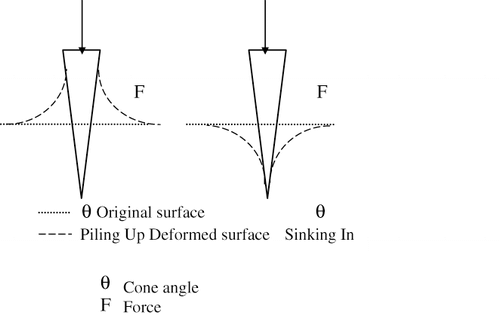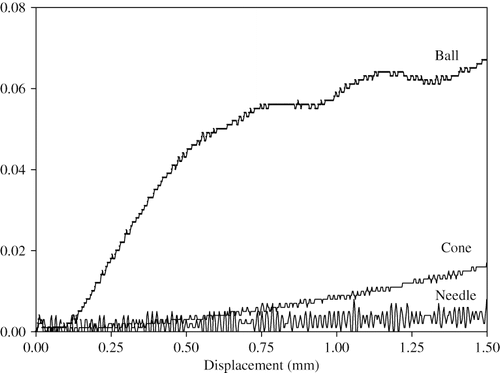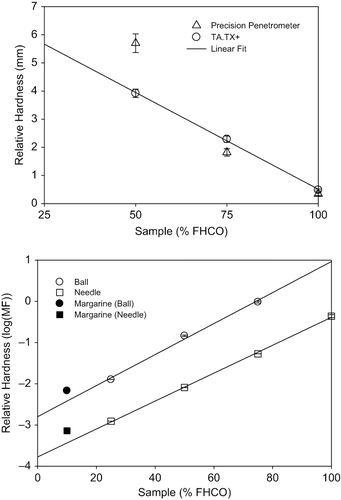Figures & data
Table 1 Summary of testing parameters, geometries and analysis from the force-displacement curve literature
Figure 2 Typical force displacement curves for binary mixtures of the pure TAG LLS mixed with LSL (% w/w).
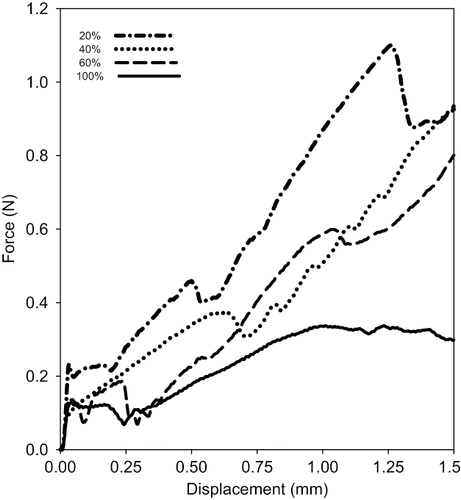
Figure 3 Typical force displacement curves for the 50% fully hydrogenated canola in canola oil sample penetrated to depths of 1.0, 2.0, 2.5, 3.0, 3.5, 4.0, and 5.0 mm.
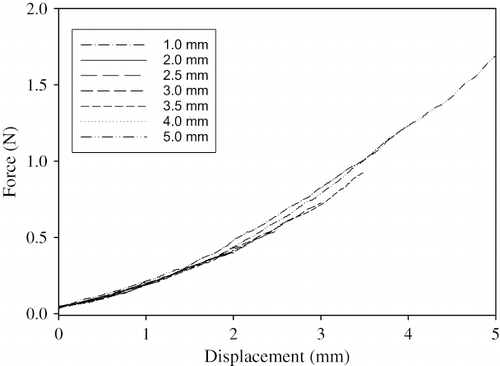
Table 2 Relative hardness for each sample compared (a) within depths and (b) between depths
Figure 4 Relative hardness within each sample (50, 75, and 100% fully hydrogenated canola in canola oil) at different penetration depths using the needle probe.

Figure 6 Force displacement curves for the 25 and 50% fully hydrogenated canola in canola oil and margarine samples using the ball probe with representative curves shown. a) 0.5 mm/s; and b) 1.5 mm/s.
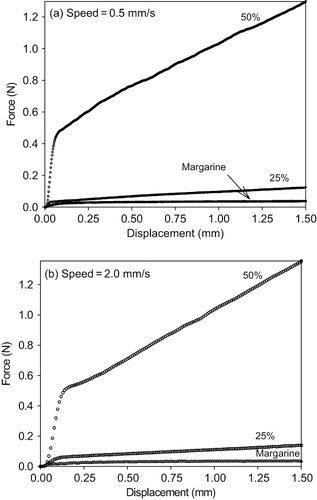
Figure 5 Representative force-displacement curves using the needle probe recorded for the fully hydrogenated canola in canola oil samples. (a) 50%FHCO at six different speeds of penetration; (b) 50, 75, and 100%FHCO samples recorded with 0.5 mm/s; and (c) 50, 75, and 100%FHCO samples recorded with 2.0 mm/s.
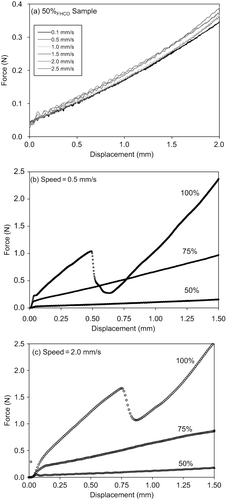
Table 3 Relative hardness for each sample compared (a) within speeds and (b) between speeds
Figure 7 Typical force displacement curves obtained at 2 speeds with the measurement proceeding through air.

